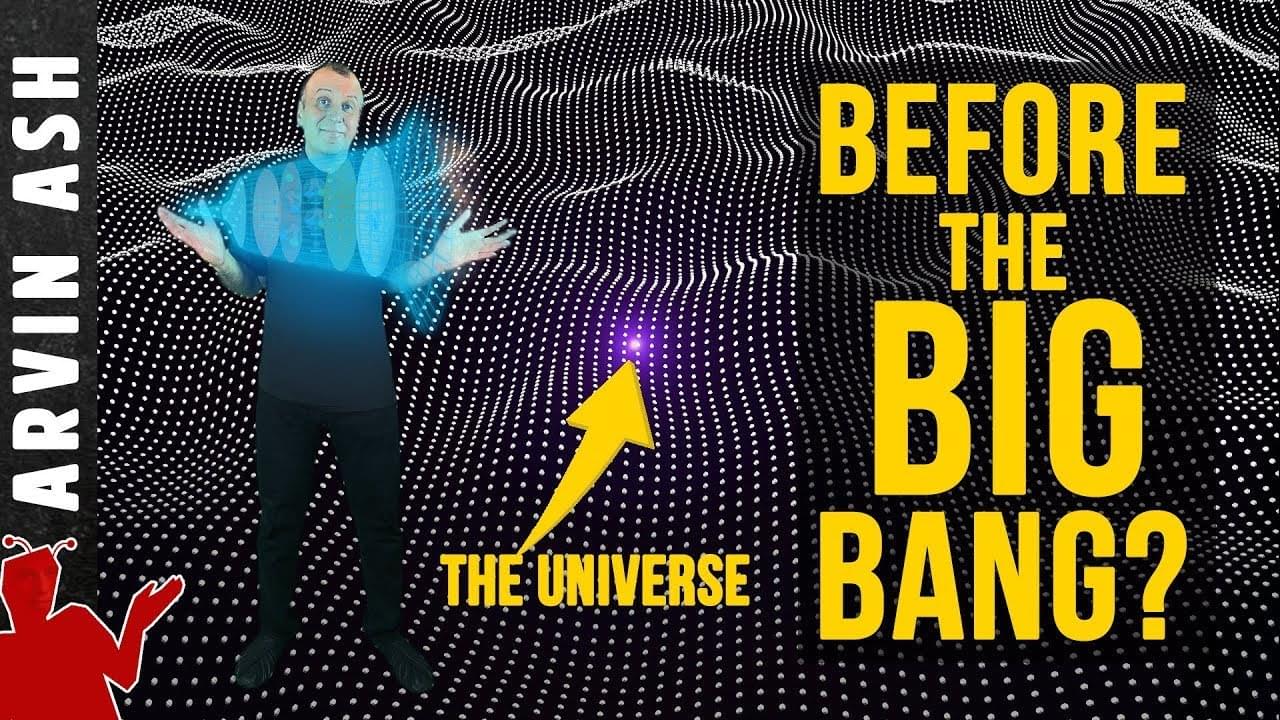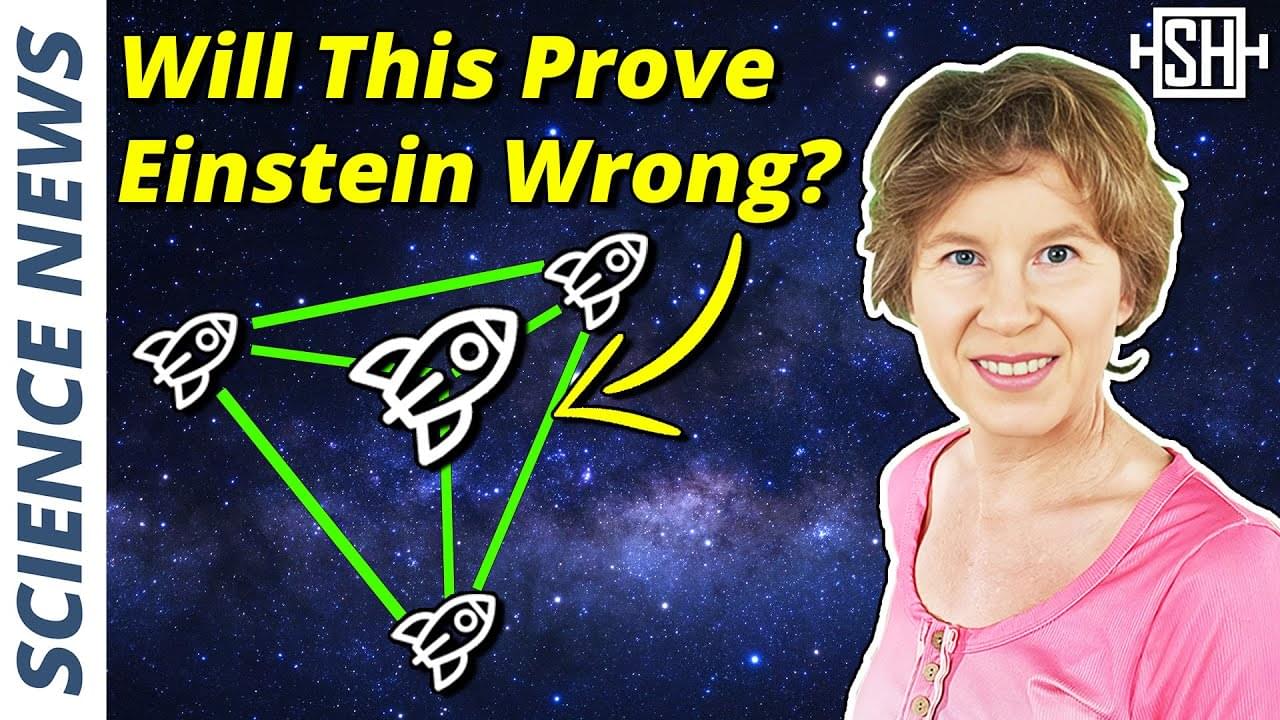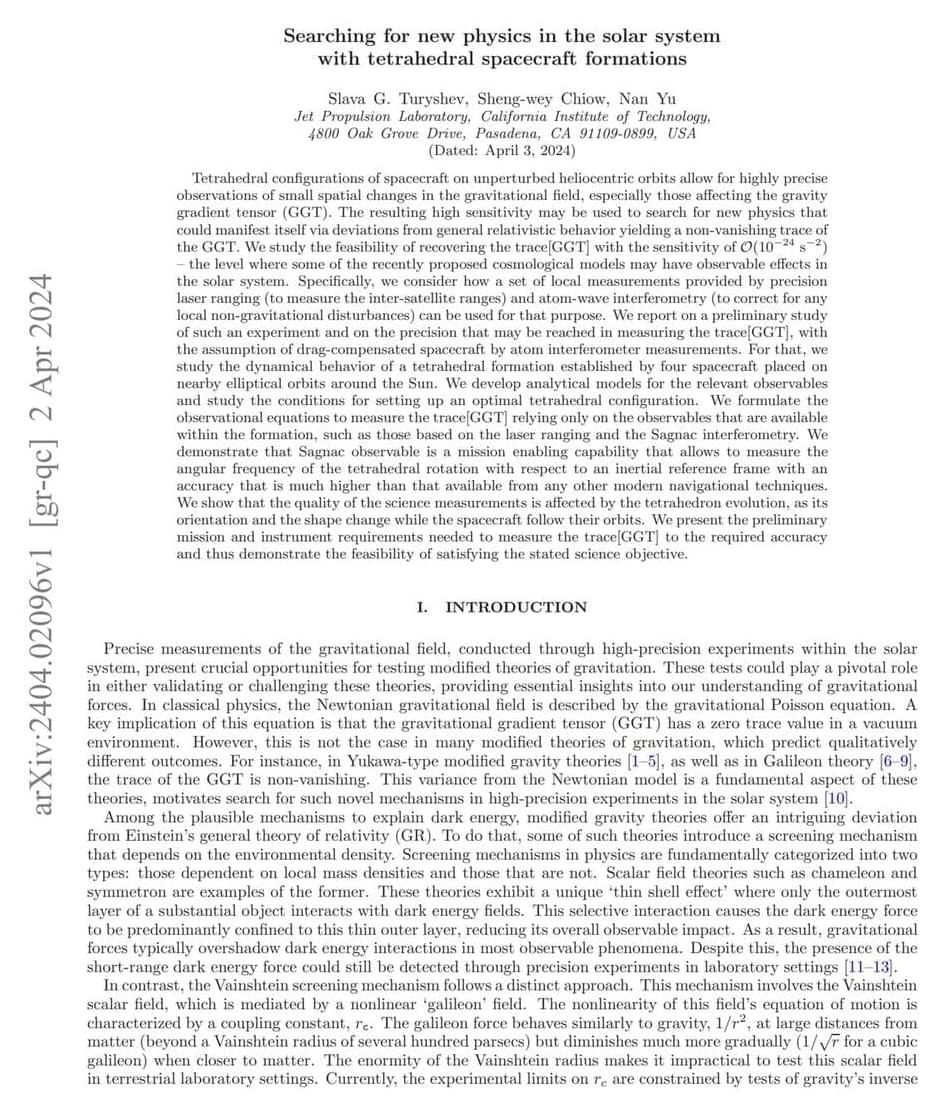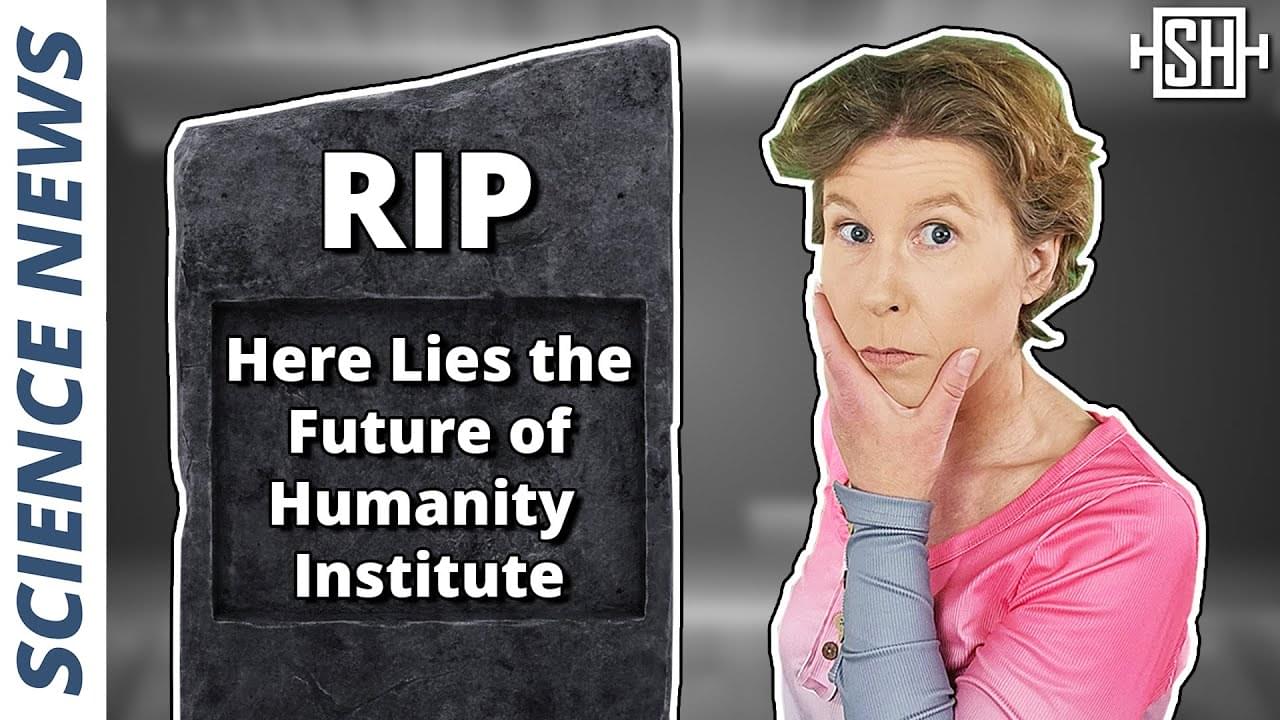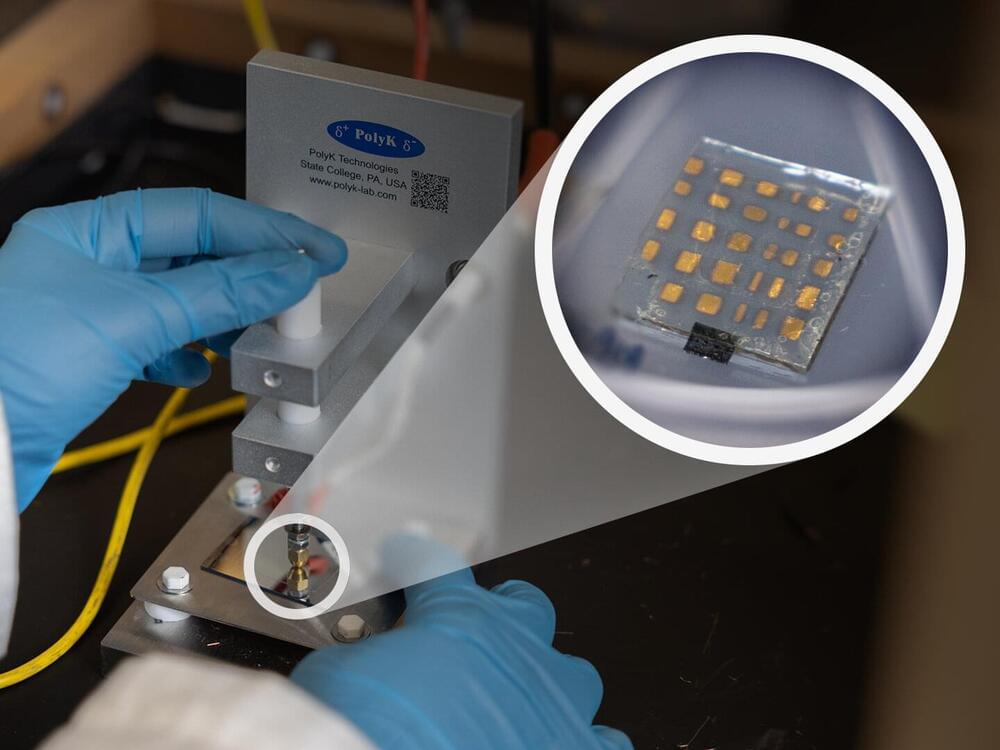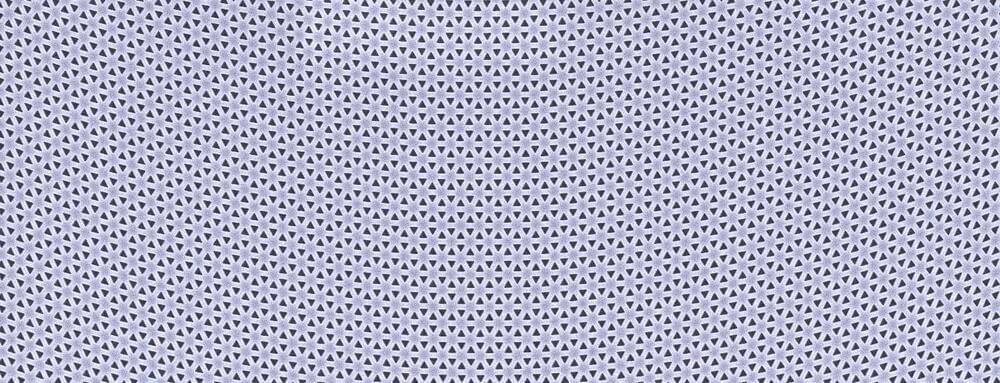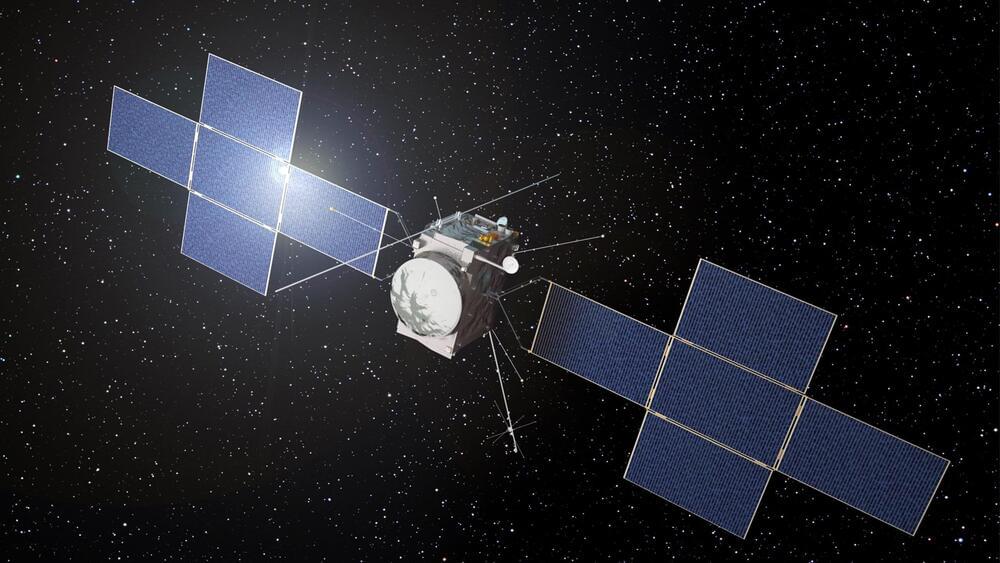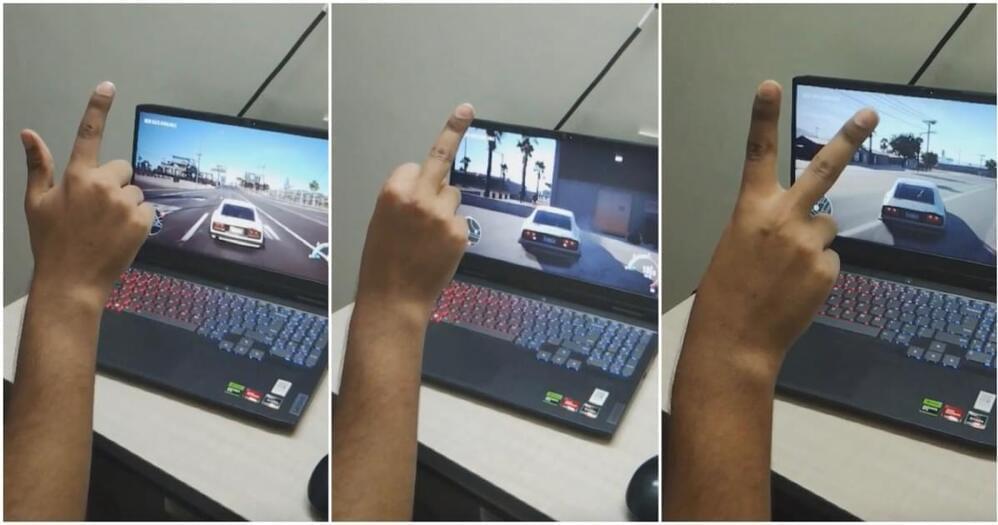
Among the myriad of projects that challenge traditional norms and offer innovative approaches to gaming and game development, hand gesture-based systems undeniably stand in a league of their own, a fact that’s recently been reaffirmed by Programmer and ML enthusiast Ayaan Khan.
Over on LinkedIn, Ayaan presented an impressive setup he devised during his high school years that enables one to play racing games by simply waving fingers in the air and making different hand gestures in front of a webcam. Inspired by the idea of combining technology with gaming, the system allows users to steer virtual cars by detecting which fingers are displayed to the camera, offering a truly unique gaming experience.
In the demo shared by Ayaan, he showed how the system can be utilized to play EA’s 2017 racing game, Need for Speed Payback. While the developer refrained from revealing the inner workings of his system, he hinted that it relies primarily on Python, OpenCV, and MediaPipe, providing a clue for aspiring developers interested in replicating the setup. You can check out Ayaan’s original post by clicking this link.
